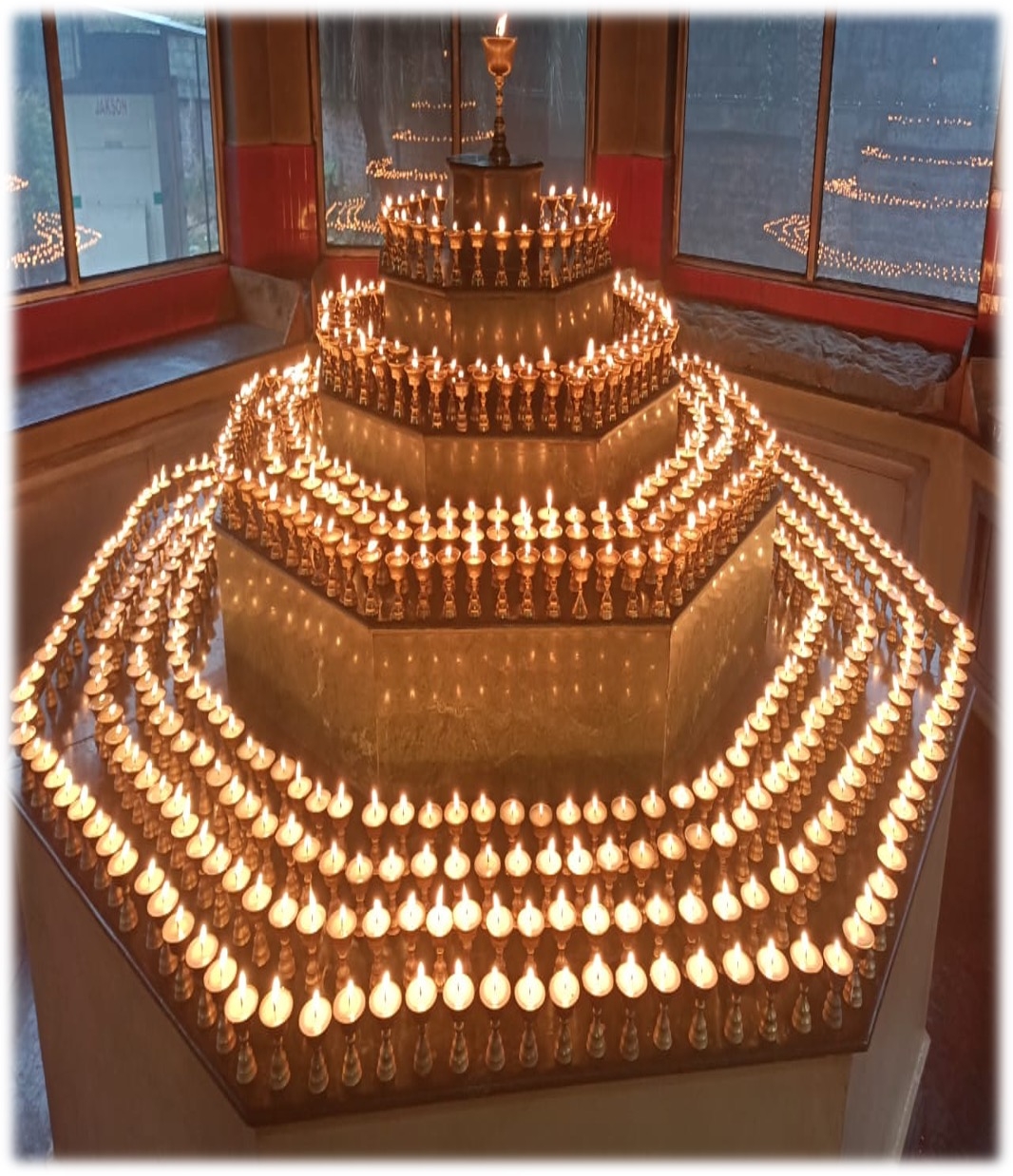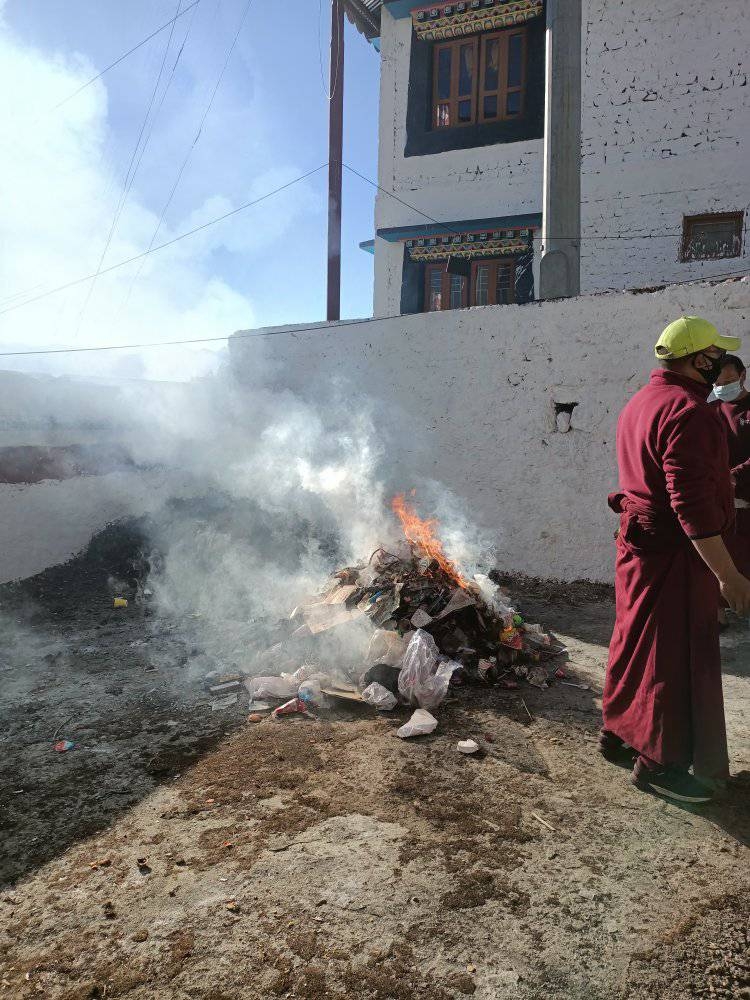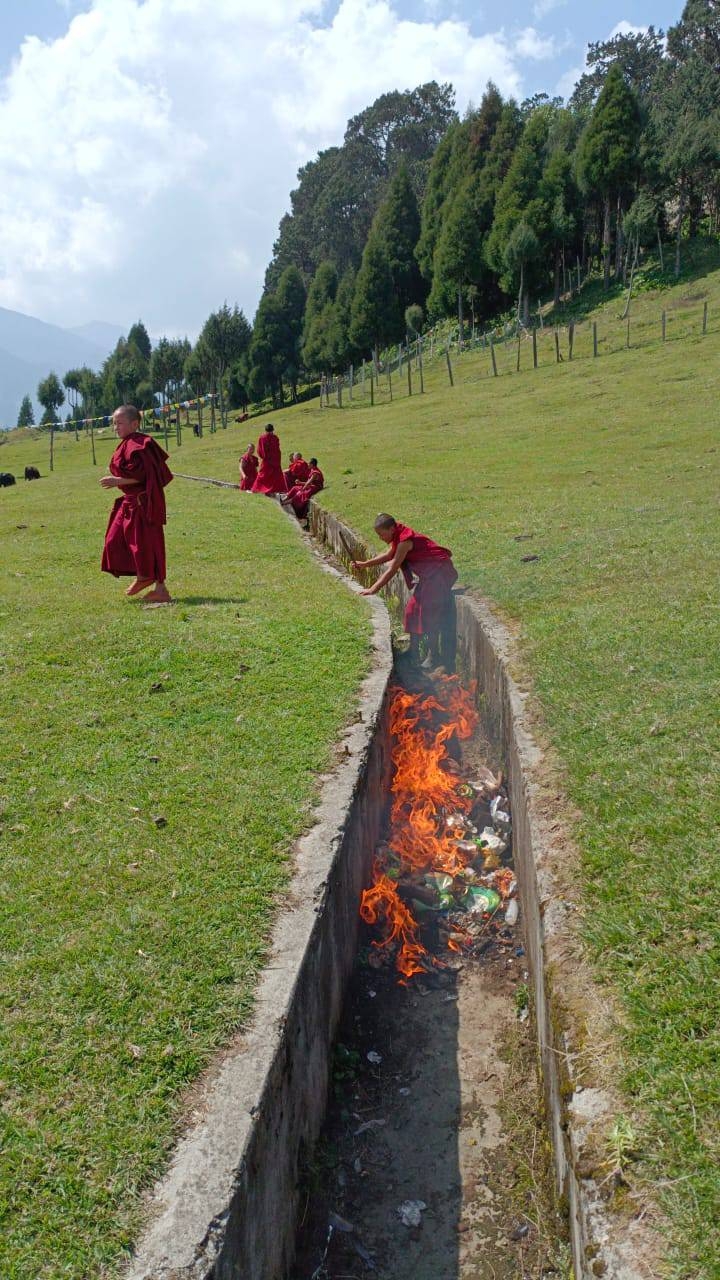In 2005, at 12 years old, I joined a monastery in Southern India. When I first joined my monastery, I was unaware of “modern” science. As part of our education in the monastery, we learned a great deal about the English language and Buddhist philosophy, but for many years, science was not a part of our monastic curriculum. However, one day, when I was 15 years old, I watched a movie called "Three Idiots" about a computer engineering student who was brave enough to challenge conventional thinking to develop new technologies. This was the first time I had seen someone pursuing scientific curiosity beyond traditional classroom learning, and it instigated a desire for me to become a scientist, too. To my great excitement, one day in my monastery, they announced a program at Emory University that would allow us monastics to travel to the United States and learn science.
With a burning curiosity about science, the opportunity to go to Emory was a dream come true. In my first year, our mentors introduced us to academic research and how to read scientific papers. During my second year, myself and another monk were connected with Dr. Saikawa, a researcher who focuses on the environment and air pollution. Thanks to her guidance, I was not only able to become a scientist myself, but my eyes were opened to the devastating consequences of air pollution in my home. As a monastic, and as a member of a small village in India, I have recognized many unique causes of air pollution that I know it is not too late to prevent.
Today, I will share the causes of air pollution that those in my community generally do not think about. I call these causes “silent killers”. Although there are several causes of air pollution, I will discuss those that are unique to the monastic community and my own personal experience.
Every morning when I wake up in my monastery, I burn incense in my room. In the prayer hall, we burn incense before each prayer. Inside the prayer hall the smoke is so thick that the room becomes cloudy. This happens every single day in my monastery.

Additionally, we monks use a common kitchen. Every day, we cook breakfast, lunch, tea, and dinner for all of the monks in this kitchen. We have a large stove that burns several hours per day. Often the living room, prayer hall, and kitchen are filled with smoke. We also use butter lamps, an important religious symbol in our tradition, during Puja to celebrate festivals and special occasions, producing even more smoke in our common areas.

Beyond the monastery, I belong to a rural village. In my hometown, we burn fields and forests for agricultural purposes. Forest fire cultivation is common around my village (in our local language, it is known as Pang May Toat). These forest fires release significant amounts of smoke and pollution into the atmosphere.

Our people burn forests and fields without concern, because they are unaware of air pollution and global warming. Use of biomass fuels like wood are used for cooking, heating, and burning dead bodies. This is very common. People do not know that these practices are so harmful, contributing to both indoor and outdoor air pollution. Furthermore, as a rural area, we do not have developed infrastructure, so we must burn our waste materials. I am lucky enough to have the scientific background to understand that this burning of waste releases an abundance of pollution into the air. However, the hundreds of thousands of people who participate in this practice do not have the same understanding and have no other alternative.

I am a monk from Gashar Monastery in Southern India. Today, I am learning Science and English at Emory University. During my time here, I met Dr. Saikawa, a professor at Emory. Under her guidance, I have had the opportunity to be involved in air pollution research. After reading many scientific papers and learning about the causes and effects of air pollution, I was able to write this article to spread awareness on air pollution with my unique perspective as a monastic. In this article, I have mentioned the many causes of air pollution that are often overlooked. I call those causes silent killers.
I belong to a rural village and a monastery. In my communities, we do not have a developed infrastructure. We use harmful practices like waste burning, forest fire cultivation, and butter lamps. However, many people do not know how harmful these practices are to our environment. Even so, some are aware, but are not concerned with their impact. Many people think air pollution comes only from vehicles, industrial activity, and fossil fuel burning. Although this is a major contributor, silent killers are the many practices that cause air pollution and are dangerous for the environment, yet we are simply unaware of them. My goal is to bring awareness to these issues.